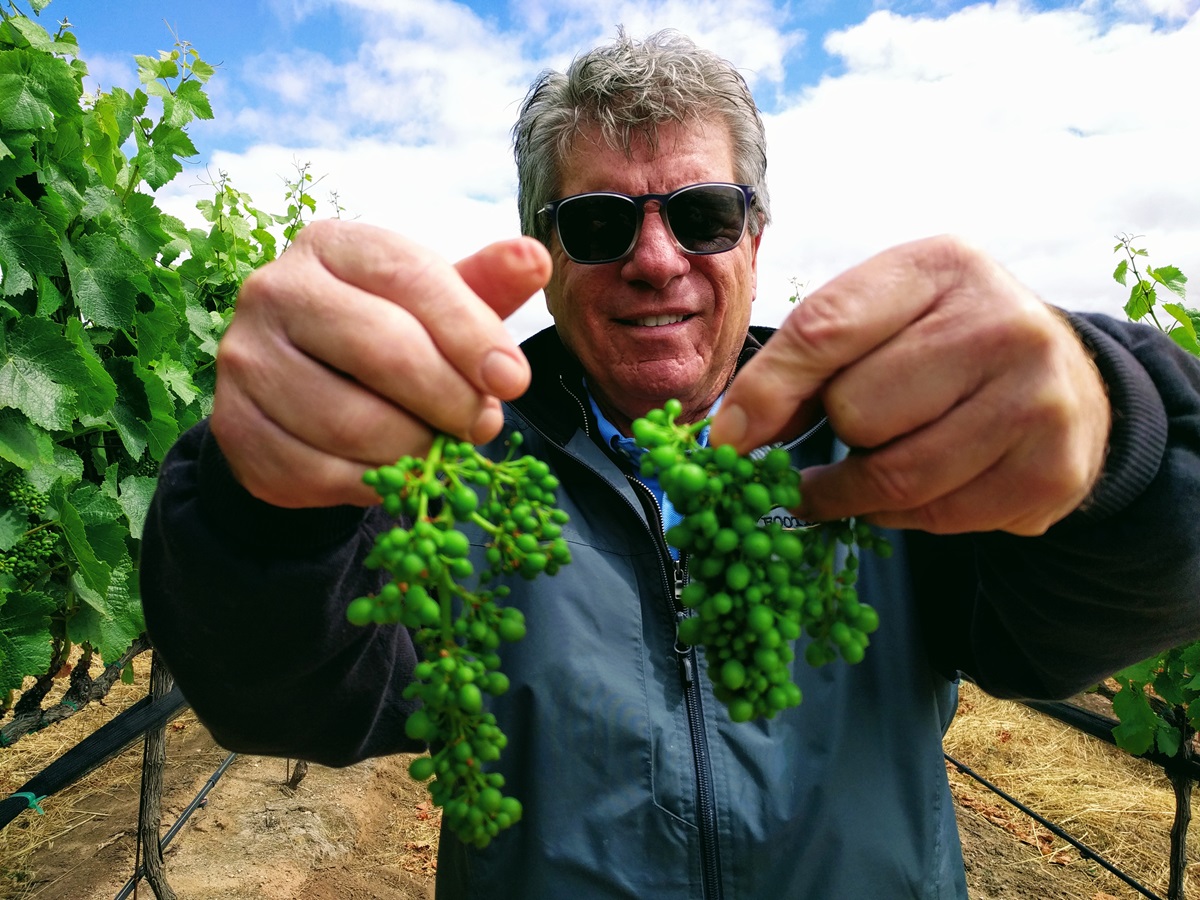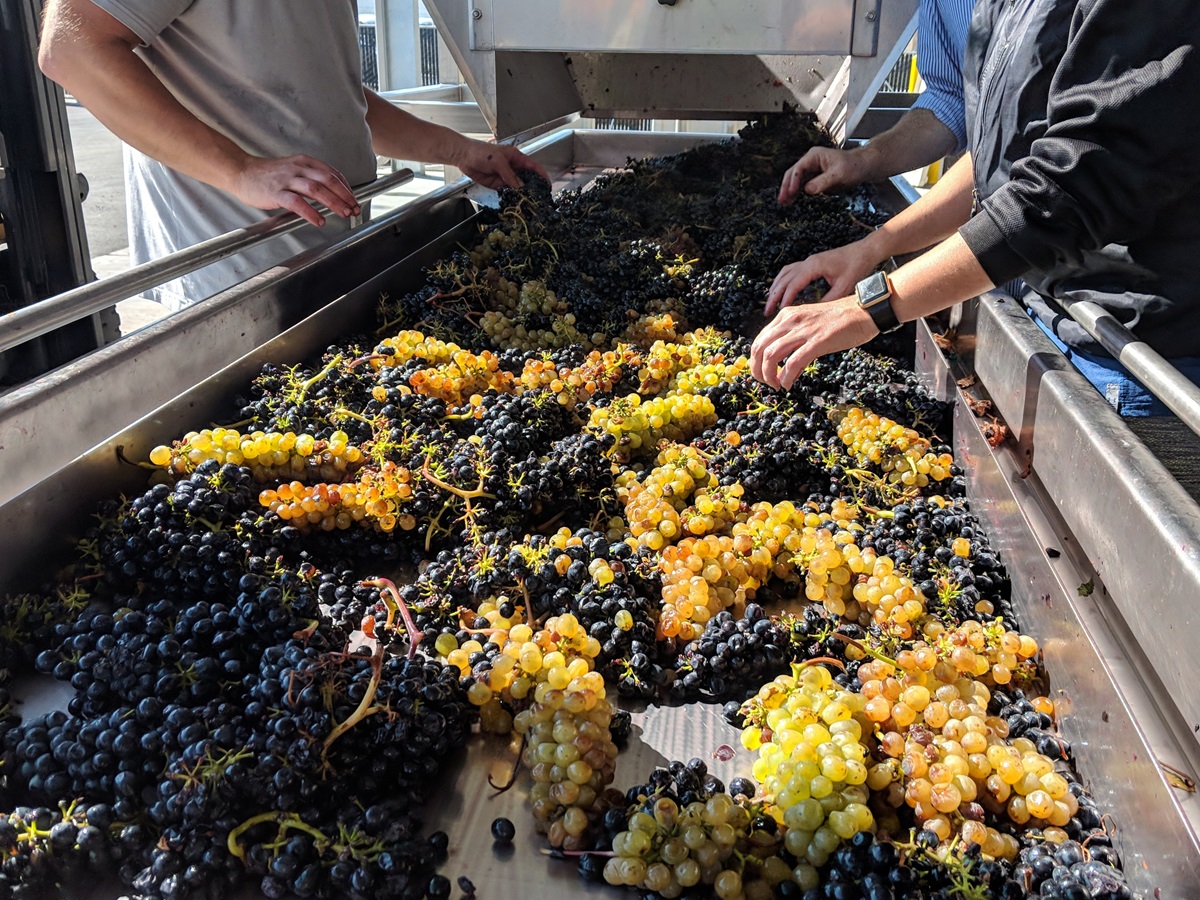Every great wine begins in the vineyard, and we are fortunate that our home is in one of the world’s most ideal regions for growing Pinot Noir and Chardonnay. One of the first steps we make to showcase the distinct character of each vineyard begins with the careful selection of grape clones.
A grape clone is a genetic mutation of a grape variety. In fact, there are 107 clones of Pinot Noir registered by UC Davis alone. Each clone contributes its own set of unique aromas, flavors, and textures to the final wine, much like how individual instruments in an orchestra come together to create a symphony.
While many European vineyards interplant multiple clones within a single block, we take a more modern, intentional approach. For us, each vineyard block is planted to just one clone that we harvest and ferment separately. When the stars align and flavors are complimentary, we will harvest multiple blocks and co-ferment them together to promote complexity.




